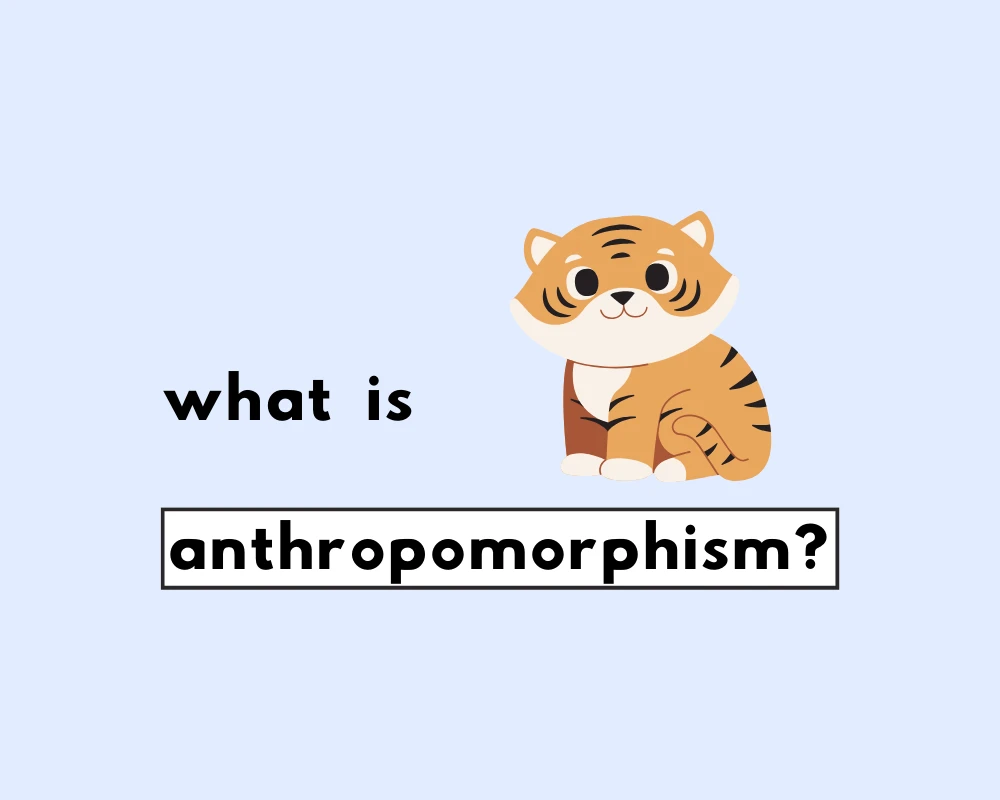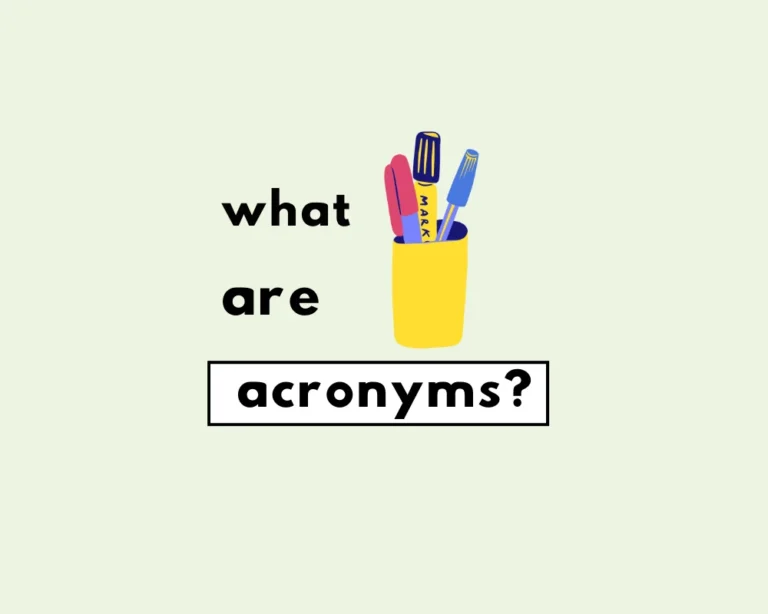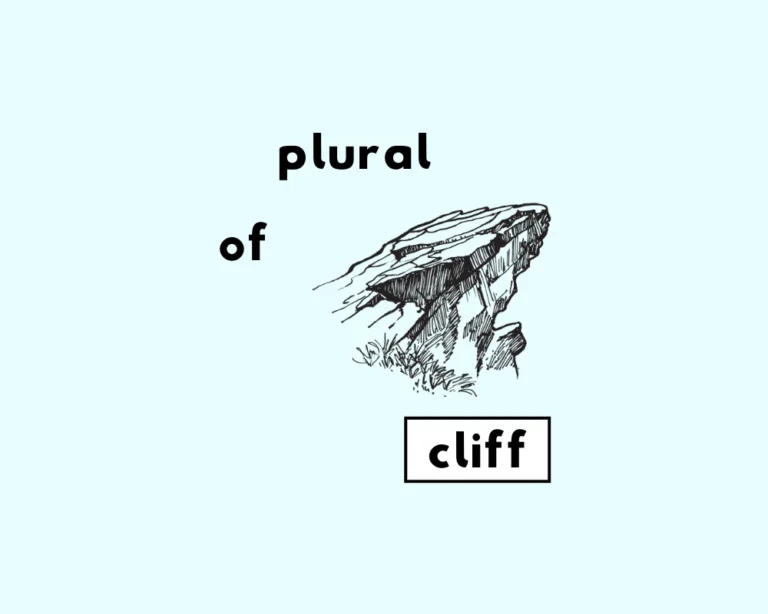What’s anthropomorphism?
She has completed her homework.
They went to the store yesterday.
He have seen that movie.
The dog eated quickly his food.
Toy Story. Bambi. Pinocchio. The Jungle Book. Animal Farm.
Notice something in common with these classic titles? “What is anthropomorphism?” would be correct (for any Jeopardy fans). Anthro-po-mor-phism describes when we assign human characteristics or traits to nonhuman entities (like nonhuman animals, i.e., most animal species of the nonhuman variety), inanimate objects (your iPhone), and the surrounding environment.
It’s not as complicated as it sounds. We often incorporate anthropomorphism to help simplify what might otherwise be a complex or contentious topic (for example, in George Orwell’s novella Animal Farm). The technique has been around for centuries to make the nonhuman world “[more] relatable and emotionally engaging”. As a literary device, it spans genres from folklore and mythology to literature, art, and modern media.
The meaning of anthropomorphism
Anthropomorphous is an adjective from the Greek word anthrōpomorphos, meaning “of human form”. It’s a compound of anthrōpos, meaning “human being” + morphē, “form”, according to etymonline. As a noun, anthropomorphism (pronounced an-thruh-puh-mor-fizm) originally referred to “the ascription of human qualities to a deity”. However, by the mid-1800s, anthropomorphism broadened to include “all areas of human thought and action, including daily life, the arts, and even sciences.”
To say that anthropomorphism extends to all areas of human thought might sound like a stretch, but ostensibly it can occur both consciously and subconsciously. If you’ve ever been frustrated because your phone battery died abruptly, did you take out your frustration on your phone? If you’ve ever felt annoyed towards technology, or any household object for “not cooperating”, whether you realize it or not, you are anthropomorphizing objects by engaging with them as though they were human.
As a literary device and technique, anthropomorphism appears in art, literature, and film to make characters more relatable and to allow us to examine human themes and issues in a more separate and safe space.
Why do we anthropomorphize?
While most see anthropomorphizing as a deep-seated, natural human tendency, there are still various rationales that explain why we anthropomorphize. The Scottish philosopher, David Hume, suggests that we do so for intellectual purposes; i.e., “in order to explain an unfamiliar and mysterious world by using the model that humans know best, namely themselves”. (Britannica, anthropomorphism).
A different view is proposed by the psychoanalyst Sigmund Freud. According to Freud, humans anthropomorphize for emotional reasons: “to make a hostile or indifferent world seem more familiar and therefore less threatening” (Britannica, anthropomorphism). Based on this, we can say that we anthropomorphize for any or all of the following reasons:
To make sense of what’s unfamiliar: It’s human nature to try to make sense of the world around us by inferring from what we already know. Humans are emotional and social animals by nature, so it makes sense that we assign our own reactions/behaviours/emotions to what occurs around us (human or not), to better understand and make sense of what may otherwise be perplexing or unnerving circumstances.
As a coping mechanism: This is similar to the above, and perhaps is an extension of the same point. When it comes to making sense of the unfamiliar, anthropomorphism allows us to find comfort in the “unfamiliar” by being a familiar point of reference. For example, when we assign human emotions to natural phenomena, such as a tornado or a hurricane, and say that, “this hurricane is coming with a vengeance”, this ascribes the weather with human feeling and emotion.
Hurricanes and tornadoes aren’t vengeful, and don’t have intentions in general. Still, sometimes it’s comforting to ascribe natural disasters with human affinities, since it might help better explain our worldview.
As a literary device and creative technique: When it comes to movies, literature and media, anthropomorphism is so common that we hardly think twice about it. Authors may employ anthropomorphism in stories to make a moral lesson easier to understand and digest, especially for younger audiences. It’s also used to make characters more relatable, engaging and convey character depth and complexities.
Anthropomorphism vs. personification
Personification: When I look out at the grass, sometimes it looks as if it were in a waltz with the wind.
Metaphorical or figurative language that describes nonhuman organisms or entities counts as personification. The Google search result definition on personification is, “the attribution of a personal nature or human characteristics to something nonhuman, or the representation of an abstract quality in human form”. Admittedly, this sounds almost indiscernible from anthropomorphism; still, they notably differ. The following passage is from the first page of George Orwell’s novella, Animal Farm, which is a clear yet pointed use of anthropomorphism in literature:
Word had gone round during the day that old Major, the prize Middle White boar, had had a strange dream on the previous night and wished to communicate it to the other animals. It had been agreed that they should all meet in the big barn as soon as Mr. Jones was safely out of the way.
Animal Farm, George Orwell
The characters in the story are humanlike in their form and way of being (recall the etymology of anthropomorphism, meaning “of human form”). Old Major in Animal Farm exhibits or possesses the same traits and behaviours that we do as humans, albeit in the story. The takeaway point is that personification occurs when figurative language describes nonhuman things as though they were human.
Anthropomorphism in literature and media
“anthropomorphism,” picture animals or objects acting like humans – a talking dog, a thinking toaster.
1. Aesop’s fables: The Tortoise and the Hare
Aesop’s fables are short stories that contain dialogue between “humans, animals, plants and gods concluding to moralistic lessons”. One universally known fable is the story of “The Tortoise and the Hare“, which teaches the value of perseverance. Here is an example that shows anthropomorphism in the dialogue from “The Tortoise and the Hare“:
A Hare was making fun of the Tortoise one day for being so slow.
“Do you ever get anywhere?” he asked with a mocking laugh.
“Yes,” replied the Tortoise, “and I get there sooner than you think. I’ll run you a race and prove it.”The Tortoise and the Hare, Aesop’s Fables
We, along with anyone else reading the fable, will know that animals such as tortoises and hares don’t engage in conversation, let alone make fun of each other. However, using anthropomorphism in stories such as fables helps make the lessons more digestible, especially for younger kids, and perhaps more memorable.
2. George Orwell’s Animal Farm
Animal Farm is a story about anthropomorphic farm animals that stage a revolution and struggle for power and control. From the outset, the farm animals are introduced as possessing human characteristics and traits. Old Major, a pig and the central character in the story, encourages the other animals on the farm to revolt against the men (aka the human beings) who run the farm. Animal Farm utilizes anthropomorphism to satirize political and social systems and to make Orwell’s criticisms of such systems more easily comprehensible and understood by readers.
3. A.A. Milne’s Winnie the Pooh
In the children’s book series, Winnie the Pooh, the animals in the Hundred Acre Wood, such as Winnie-the-Pooh, Piglet, and Tigger, are anthropomorphized, with “each having their own unique personalities and emotions”. The reasons for anthropomorphism when it comes to children’s books are plentiful, but include the aim to incite children’s imaginations, curiosity, and teach valuable lessons in a straightforward way.
Criticisms about anthropomorphism
While anthropomorphism is a valuable literary and artistic tool, it is not without its critics. Some argue that it oversimplifies complex issues or can reinforce stereotypes and biases. Additionally, anthropomorphizing animals may lead to misunderstandings about their actual behavior and needs, which can have real-world consequences.
Read about other literary devices
- What is Alliteration?
- What is Irony?
- What’s a Pun?
- What’s a Portmanteau?
- What’s a Cliché?
- What’s a Hyperbole?
- What’s an Idiom?
Work Sheet
Based on the post, what does anthropomorphism describe?
According to the post, the word “anthropomorphism” has roots in which language?
Which of these is listed in the post as a type of nonhuman entity that can be anthropomorphized?
The post suggests anthropomorphism can make the nonhuman world more what?
Which of the following book/film titles is used in the post as an example of anthropomorphism?
Anthropomorphism involves giving human characteristics or to nonhuman things.
The Greek word “” means “human being,” which is part of the etymology of anthropomorphism.
Getting annoyed at your technology for “not cooperating” is given in the post as an example of anthropomorphism.
As a literary device, anthropomorphism is used to help examine human themes and issues in a more separate and safe .
The post mentions that anthropomorphism, as a technique, has been around for many .
Frequently Asked Questions
What is anthropomorphism?
+
Where does the word come from?
+
How is anthropomorphism used?
+
Why do people anthropomorphize?
+
Can you give examples of anthropomorphism?
+
Yash, D. "What is Anthropomorphism? (Meaning & Examples)." Grammarflex, Jun 20, 2025, https://www.grammarflex.com/what-is-anthropomorphism-meaning-examples/.
Sources
-
Harper, Douglas. “Etymology of anthropomorphism.” Online Etymology Dictionary, https://www.etymonline.com/word/anthropomorphism. Accessed 14 December 2023. Wikipedia contributors. “Animal Farm.” Wikipedia, The Free Encyclopedia. Wikipedia, The Free Encyclopedia, 11 Dec. 2023. Web. 15 Dec. 2023.











